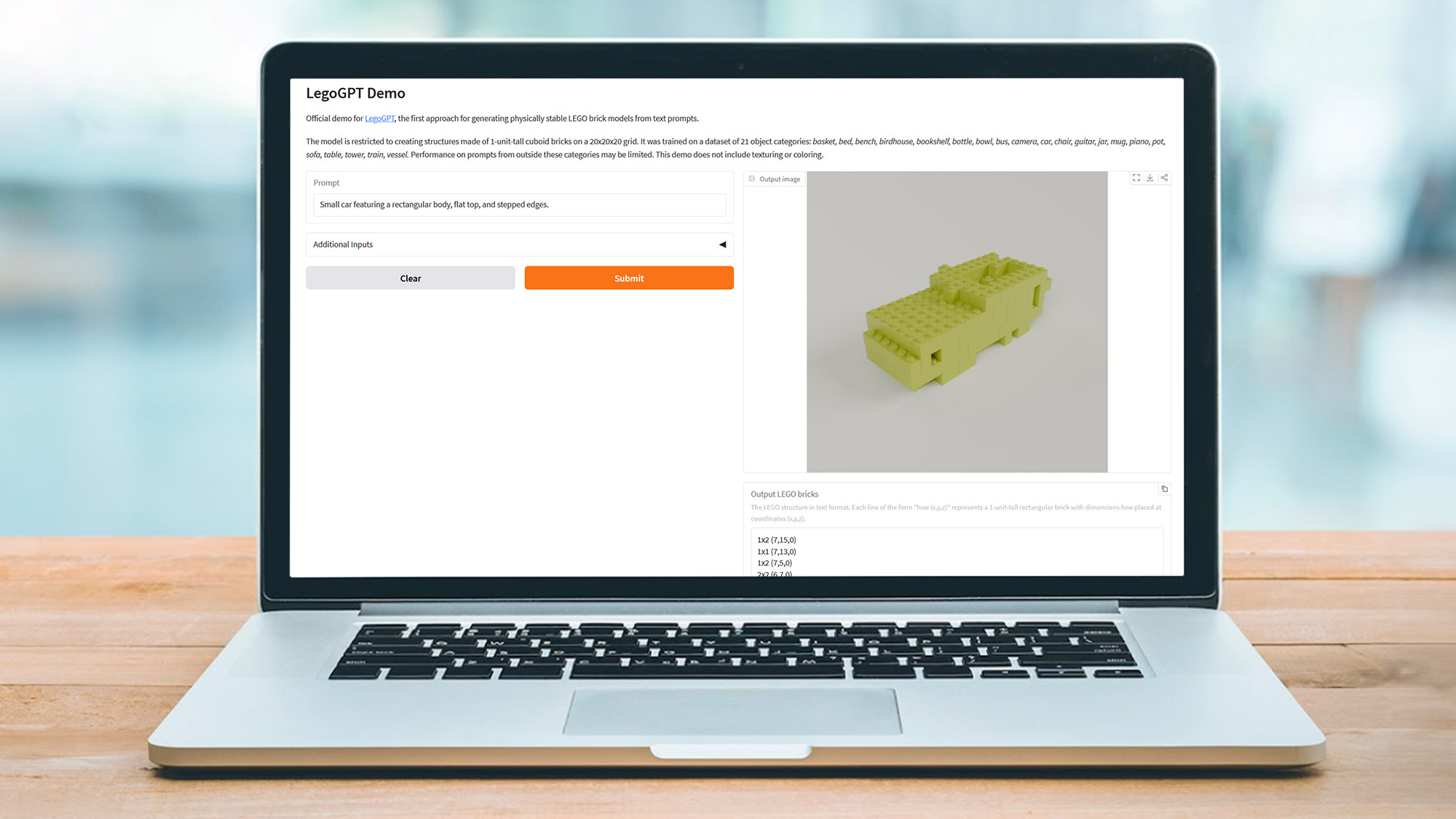
Have you ever gazed at a pile of Lego bricks, wishing you could magically turn your wildest ideas into real, buildable models? Thanks to LegoGPT, a groundbreaking AI tool from Carnegie Mellon University, that dream is now within reach. Whether you’re a seasoned Lego enthusiast or a curious beginner, LegoGPT invites you to bring your imagination to life—one brick at a time.
From Words to Bricks: How LegoGPT Works
LegoGPT is more than just a digital toy box. It’s an AI-powered assistant that takes your text prompts—like “a red sports car” or “a tiny castle”—and transforms them into step-by-step Lego building instructions. The magic lies in its unique approach: instead of generating wild, unbuildable shapes, LegoGPT uses a physics simulator to ensure every design is sturdy and realistic. If a structure isn’t stable, the AI reworks it until it passes the test, so you can build with confidence.
The technology behind LegoGPT is impressive. The team at Carnegie Mellon created a massive dataset called StableText2Lego, featuring over 47,000 stable Lego structures paired with detailed descriptions. To speed up the process, they enlisted OpenAI’s GPT-4o to analyze images of these models from multiple angles and generate accurate captions. The result? An AI that understands both the language of creativity and the laws of physics.
What Can You Build?
While LegoGPT is still in its early stages, it’s already a powerful tool for sparking creativity. Currently, it works with eight standard rectangular brick types and within a 20-brick cubed space. That means you won’t be building the Millennium Falcon just yet, but you can create sturdy, fun models reminiscent of classic Lego sets. Want to add a splash of color? Just include your preferred palette in the prompt, and LegoGPT will do its best to accommodate.
How to Try LegoGPT for Free
Ready to give it a go? LegoGPT is open-source and free to use. You can access demos and the full codebase on the researchers’ Hugging Face page and GitHub. All you need is an idea and a few basic Lego bricks to start building your own AI-generated creations.
Why LegoGPT Matters
LegoGPT isn’t just a fun tool for hobbyists—it’s a glimpse into the future of AI-assisted design. By bridging the gap between language and physical creation, it opens up new possibilities for rapid prototyping, architectural modeling, and hands-on learning. Imagine students designing models for science class, or engineers quickly testing structural ideas, all with the help of AI.
Actionable Tips for Getting Started
- Start simple: Try prompts like “a small house” or “a bridge” to see how the AI handles basic structures.
- Experiment with colors: Add color preferences to your prompt for more personalized designs.
- Check the parts list: LegoGPT provides a handy inventory of bricks needed for each build.
- Share your creations: Connect with other users online to swap ideas and showcase your builds.
Summary: Key Takeaways
- LegoGPT turns text prompts into real, buildable Lego designs using AI and physics simulation.
- The tool is free, open-source, and easy to try online.
- It currently supports eight standard brick types and focuses on structural stability.
- LegoGPT’s technology has potential applications beyond toys, including education and prototyping.
- Anyone can use LegoGPT—no engineering degree required, just a bit of imagination!

